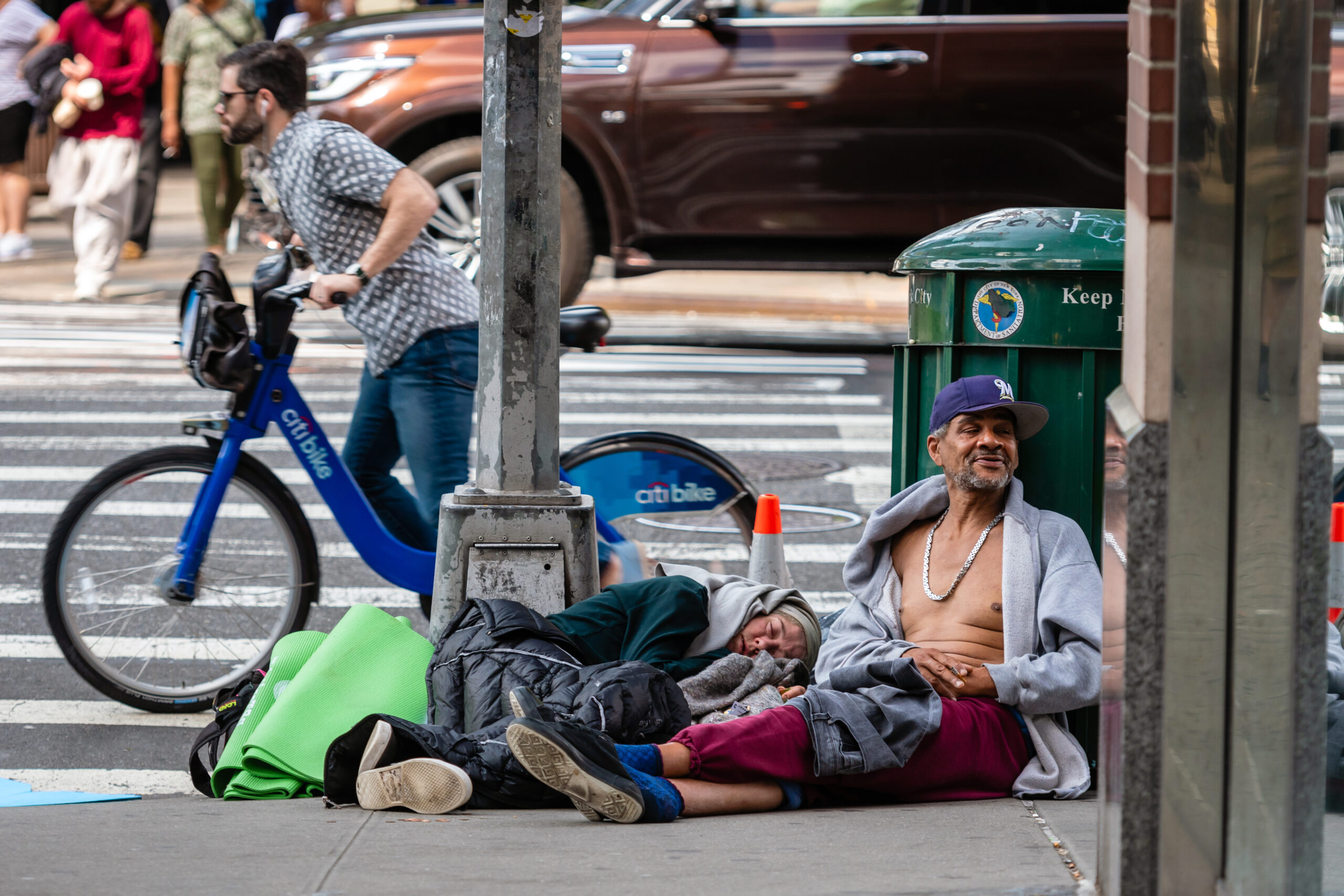New York City has long been a symbol of American dreams, a melting pot of cultures, and a hub for innovation. However, there is a darker narrative that the city just can’t seem to shake off—the rise and fall of crime rates and social issues such as homelessness and drug addiction. The 1970s and 1980s were especially challenging times for New York City, marked by high crime rates, homelessness, and drug addiction. After years of improvement, it appears that the city may once again be descending into a period of difficulty, reminiscent of its past.
The Decline of the 1970s and 1980s
The economic downturn of the 1970s hit New York City hard, leading to a loss of jobs and an increase in poverty. This fueled a rise in crime, particularly violent crime and drug-related offenses. The city’s infrastructure was crumbling, graffiti marked subway cars, and Central Park became a no-go zone after dark. The government was close to bankruptcy, which led to a significant reduction in services, including the police force. Drug epidemics, particularly involving crack cocaine, exacerbated the situation, turning the city into a hub for drug trafficking and abuse.
Resurgence in the 1990s
The 1990s saw a turning point for New York City. Under Mayor Rudy Giuliani, the city implemented a range of policies aimed at reducing crime and improving the quality of life. The “broken windows” policing strategy targeted minor offenses to prevent larger crimes. There was also an effort to clean up Times Square, once a symbol of New York’s decline. By the 2000s, New York City had one of the lowest crime rates among major American cities, and it became a desirable place to live and work again.
The De Blasio and Adams Years
While crime rates remained relatively low during the early 2000s, there has been a noticeable uptick in recent years under the leadership of Mayors Bill de Blasio and Eric Adams. The issues seem to be multi-faceted: a rise in homelessness, an increase in drug-related crimes, and changes in law enforcement policies. The COVID-19 pandemic also strained the city’s resources, exacerbating existing issues.
Bill de Blasio’s tenure saw a rise in complaints about quality-of-life issues. His approach to policing faced criticism for being too lax, which many argue led to a rise in crime. Under Eric Adams, who took office in 2022, there has been an attempt to strike a balance between social reform and law enforcement. However, the challenges are immense.
Conclusion
The resurgence of crime and other social issues in New York City raises concerns that the progress made since the 1990s could be undone. Whether this is a temporary setback or an indicator of a larger issue remains to be seen. What is clear, however, is that the city is at a crossroads, facing challenges that echo the difficulties of the 1970s and 1980s. This time, the collective memory of those challenging decades could serve as both a cautionary tale and a roadmap for finding solutions to today’s problems.

